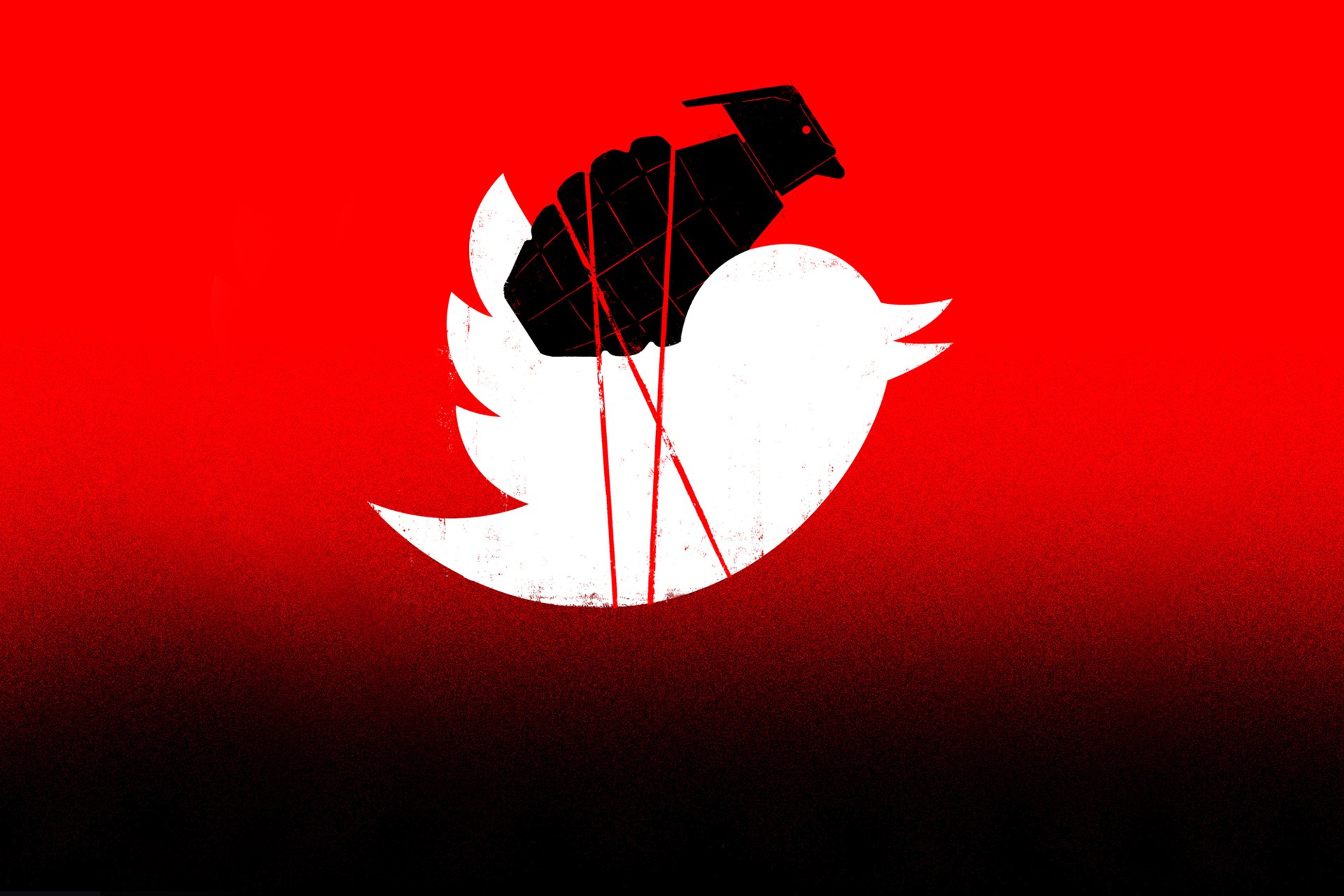Shiv Shankar Menon says they were not publicised because they were not aimed at domestic constituencies.
Operations across the Line of Control (LoC) were not publicised in the past, before the September 28 strikes, because they were not aimed at domestic constituencies, former National Security Adviser Shiv Shankar Menon has said. However, in the first comments made by a senior member of the UPA Prime Minister’s Office (PMO) on the issue, Mr. Menon also said he had no regrets about not announcing previous strikes, as they had different “goals” in mind.
“Covert operations were not announced to the country because the primary goal was to pacify the LoC and cut down infiltration and ceasefire violations, not to manage public opinion at home. By keeping operations covert rather than overt, it was made possible for the Pakistan Army to climb down and for a temporary peace to be re-established,“ Mr. Menon said in written replies to The Hindu.
Mr. Menon’s remarks are significant as the controversy around the government’s decision to announce cross-LoC strikes by the Army, grows. On September 29, the DG of Military Operations Lt. Gen. Ranbir Singh announced at a press conference that Army commandos had carried out a number of “surgical strikes” “along the Line of Control” inflicting significant damage on terror launch pads in Pakistan-occupied Kashmir (PoK).
In a series of background briefings since then, senior officials of the government including National Security Adviser Ajit Doval and Foreign Secretary S. Jaishankar have expanded on details of the operations, making it clear that they involved teams of commandos crossing over the LoC by foot, and killing terrorists in the “double digits” on the other side, in strikes carried out in “self-defence.”
Meanwhile, Cabinet Ministers and BJP leaders have hailed the strikes as a “first”, with Defence Minister Manohar Parrikar claiming credit for “empowering the Army like Hanuman was.”
Asked if he had any regrets about not publicising the cross-LoC operations like Operation Ginger in 2011 during his tenure, which was reported by The Hindu this week, Mr. Menon said, “No. As I said, the decision to go public or not depends on the outcome you seek and the best way to achieve it.”
Uri and after
Mr. Menon said the response to the Uri attack “had been handled as well as can be expected,” and was possibly necessitated by a sharp increase in ceasefire violations, infiltration attempts, and attacks by terrorists from Pakistan in the past 18 months compared to the decade following the 2003 ceasefire that was announced by Pakistan’s former President Pervez Musharraf and India’s former Prime Minister Atal Bihari Vajpayee. Compared to 1,373 infiltration attempts in 2003, figures had reduced to about 277 in 2013.




